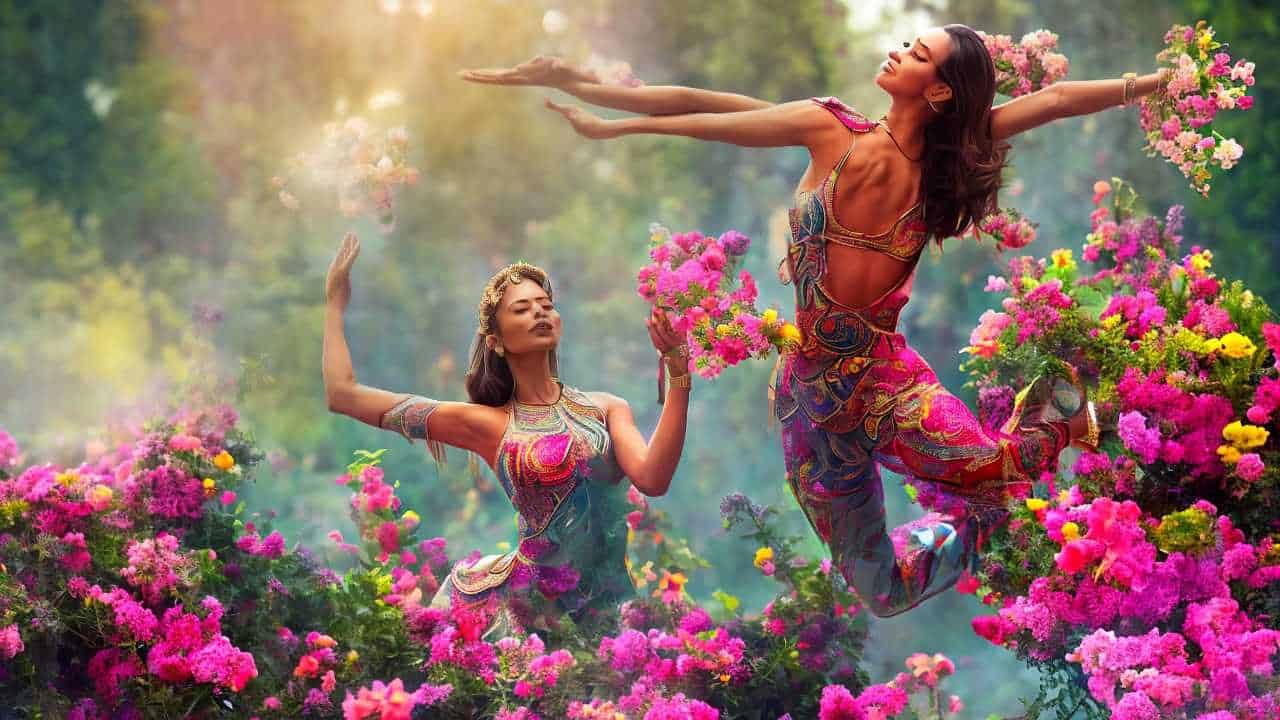Yoga poses have a long history, starting with simple meditative postures and developing into a wide range of physical and mental practices. As we look into the origins of this ancient tradition, we discover a variety of poses, each with its own story and purpose.
From the peaceful calmness of basic poses to the exciting challenges of modern variations, the world of yoga poses is full of exploration and learning. As we delve into the diverse tradition of yoga, we get a glimpse into a space where movement, mindfulness, and significance come together in a beautiful way.
Historical Evolution of Yoga Poses
Yoga poses have come a long way over the course of history. Initially, yoga was all about finding a stable position for meditation. The focus was on seated poses that helped with breathing exercises, mantra repetition, and deep meditation. These poses were essential tools for practitioners to delve into their inner selves.
As time passed, yoga evolved to incorporate a wide range of postures. It expanded to include not just seated poses but also standing postures, inversions, forward bends, twists, and backward bends. This expansion was documented in later texts, showing how yoga was becoming more diverse and holistic in its approach.
The significance of this evolution lies in how yoga poses are now seen as not just aids for meditation but also as ways to improve physical well-being. The shift from simple seated poses to a variety of postures reflects the rich history and adaptability of yoga. It’s fascinating to see how a practice that started with stable meditation positions has grown to encompass so many different ways to promote overall health and wellness.
Diversity in Early Yoga Asanas
Yoga poses have come a long way from just sitting still for meditation in the early days. Now, we have a whole range of postures that include standing poses, inversions, forward bends, twists, and backward bends. This shift towards a more holistic approach to well-being shows how yoga has evolved to embrace both physical and mental health.
In the beginning, yoga poses were all about providing a stable and comfortable position for meditation. They were simple and focused on basic sitting postures rather than complex physical contortions. The term ‘asana’ originally meant finding a cozy seat that was perfect for meditation.
As time went on, yoga poses started to evolve with a purpose. They weren’t just about sitting still anymore. They began to include a variety of poses that could help with meditation, breathing exercises, and spiritual practices. This transformation reflects a more inclusive and diverse system of yoga poses that cater to different aspects of well-being.
Influence of Modern Yoga Masters
As yoga has evolved over the years, modern yoga masters have made a significant impact on the way we practice yoga poses today. Swami Satyananda Sarawati and BKS Iyengar are among the influential modern yoga masters who have introduced new teachings and practices that have expanded the variety of yoga poses available. They have not only mastered techniques themselves but have also introduced innovative variations, enriching the practice of yoga for practitioners looking to improve their physical and spiritual well-being.
These modern yoga masters have dedicated themselves to refining and developing yoga poses, offering a wider range of postures for practitioners to explore. By pushing the boundaries and introducing new possibilities on the mat, they have inspired a new generation of yogis to deepen their practice and strive for new levels of achievement. Their contributions have not only enhanced the practice of yoga but have also encouraged practitioners to challenge themselves and discover the full potential of their bodies and minds.
Contemporary Expansion of Yoga Asanas
In today’s yoga scene, we’re seeing a ton of new yoga poses popping up all over the place. These fresh postures are giving practitioners more options for their physical practice, helping them find balance and self-discovery. This expansion isn’t just about following the latest trends, it’s about mixing different cultures and trying out new sequences. The world of yoga poses is changing thanks to a mix of modern lifestyles, fitness crazes, and a deeper awareness of how our bodies and minds connect.
As people dive into these new yoga horizons, they’re not just sticking to the traditional poses. Instead, they’re remixing them and creating new combinations to appeal to a wider range of folks. This evolution shows how adaptable and welcoming yoga can be, especially as it grows and thrives in our modern world.
Understanding the Variability of Asanas
When you dig into yoga poses, you uncover a beautiful blend of movement, breath, and mindfulness that boosts both your physical and mental well-being. In the world of yoga, there’s room for creativity in how you do poses, but there are also some limits to what you can do practically.
Even though you might think up endless new poses, your body’s abilities set boundaries on how many variations you can actually do. BKS Iyengar, for example, worked with around 200 poses, showing us that there’s a limit to how many unique positions we can achieve.
Conclusion
When you look at yoga poses, think of each one as a piece of a puzzle coming together to tell a story of balance, strength, and self-discovery.
Just like an artist picks colors to paint a beautiful picture, yoga practitioners pick poses to create a peaceful harmony within themselves.
The variety of yoga poses mirrors the diverse experiences we have as humans, encouraging us to delve deep into our inner selves and find connection in our body, mind, and spirit.




